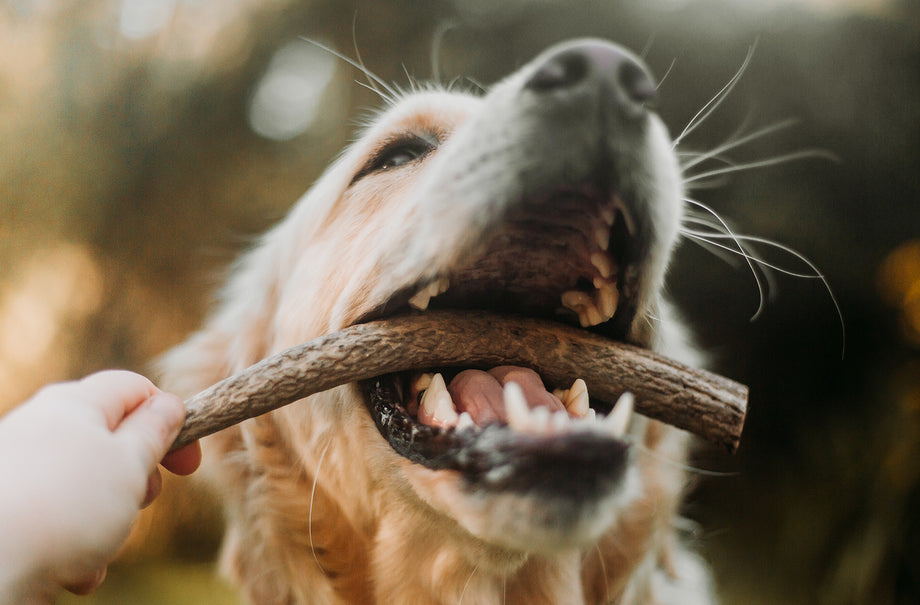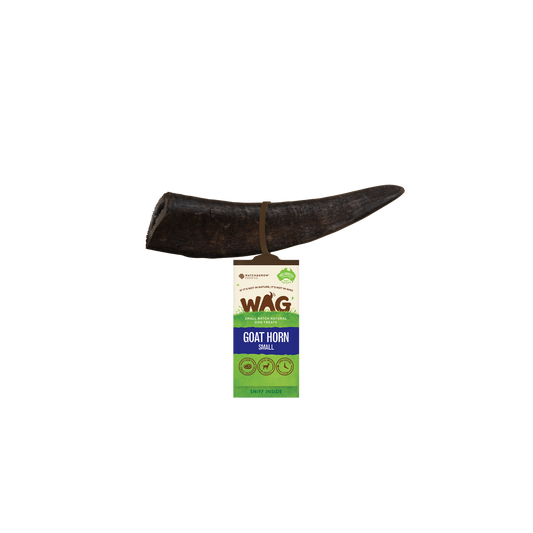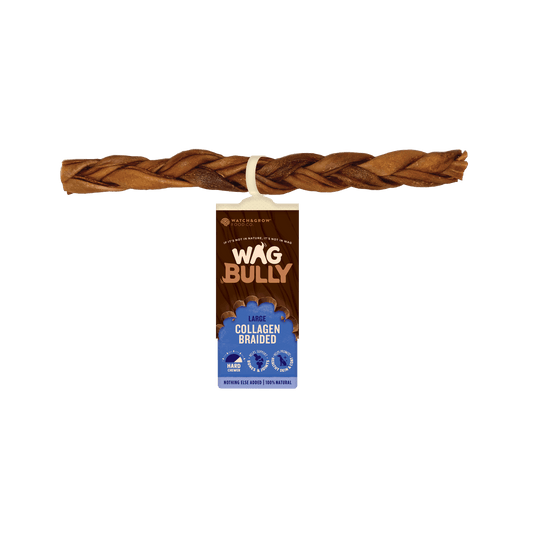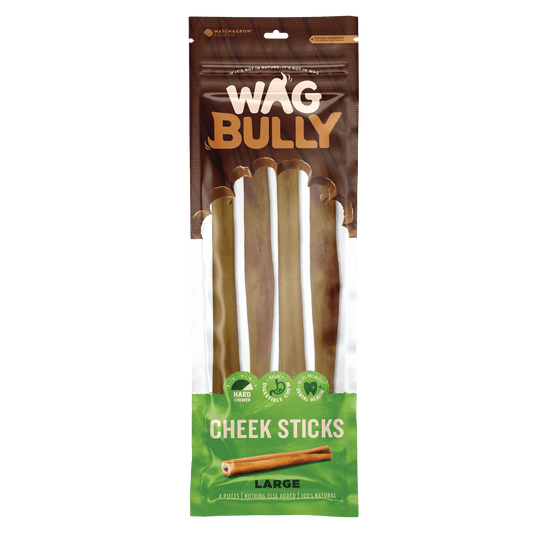Doggo Dental Health: Healthy Dog Gums Vs Unhealthy Dog Gums

A dog's gums can give a good insight into their overall health. Dog owners should regularly check the gums of their furry friend, and it's important to know what possible danger signs to look for, and what indicates healthy dog gums vs unhealthy dog gums.
Let's have a look at how to check your dog's gums, what to look out for, common causes of unhealthy gums, and how to maintain good dental health for your pooch.
Signs of healthy dog gums
Each dog will have a different baseline for the colour of their gums. It's important you check your dog's gums regularly, and get to know what is their 'normal'. This way, you'll know if something changes.
In general, healthy dog gums are pink - often described as salmon or bubblegum pink. However, some dogs naturally have darker pigmentation in their gums or mouths.
How to check your dog's gums
Check the colour of the gums by gently lifting the upper lip or pulling down the lower lip. Run your finger over the gums to check the hydration level of your pooch. If the gums are moist and smooth to the touch, this is a good sign. The gums shouldn’t be dry and tacky.
Another test to check for dehydration or illness in your dog is to check the capillary refill time. Gently press your index finger into the gums. When you remove your finger, the gum will remain white or pale pink for a moment. If it returns to normal colour in 1.5 seconds or less, this is a good sign. If it takes 2 seconds or more to return to normal colour, it can be a sign that something is wrong, such as dehydration, low blood pressure, or shock.
Signs of unhealthy gums
When you check the colour of your dog's gums, watch out for the following signs of unhealthy gums:
Red gums
Red gums may occur right along the gum line. Bright red gums or gums that bleed easily may be caused by:
- Infection
- Dental disease
- Inflammation or gingivitis
- Overheating or heat stroke
- Poisoning
Blue gums
If your dog has blue gums, seek immediate vet attention as it may be a sign of a potentially life-threatening condition, such as:
- Respiratory issues
- Heart disease or congestive heart failure
- Choking
- Pneumonia
Pale pink gums or white gums
White or pale gums in dogs might be signalling a lack of red blood cells, for example from:
- Acute blood loss
- Trauma or shock
- Anaemia
- Kidney disease
Yellow gums
Yellow gums may indicate jaundice, which can be caused by:
- Red blood cell damage
- Liver conditions
Black gums
If your dog has always had black gums, it’s likely they just have more melanin in their mouth - which may be completely normal, and is more common in some breeds. However, if your dog’s gums haven’t always been black but are now, it could indicate:
- Periodontal disease
- Oral cancer
Dental disease in dogs
Periodontal disease is the most common dental condition seen in dogs. Periodontal disease is caused by a build-up of plaque, and gets worse over time. It can lead to erosion of the gums, chronic pain, tooth loss and bone loss.
Signs of periodontal disease in dogs may include discoloured teeth, bleeding gums, inflammation of the gums, loose teeth and irritability.
Periodontal disease starts with gingivitis, which can progress if left untreated. Gingivitis causes inflammation of the gum tissue along the gum line, and may cause bad breath and bleeding gums such as after brushing.
Gingivitis in dogs is reversible with proper dental care, with guidance from a vet. However, once the condition progresses to periodontal disease the damage is irreversible - making prevention the best course of action for dental care for your pooch.
Doggy dental care
You can support your dog's dental health by:
- Regularly brushing their teeth with a doggy toothbrush and toothpaste. In order to have benefits for their oral health, you should brush your doggo’s teeth at least once every second day.
- Offering dental treats for dogs such as collagen sticks or goat horns. Make sure you offer long-lasting treats, as these tough chews support dental health.
- Regular vet check ups. It's important for your dog's health that they have check ups at the vet, and your vet can complete a comprehensive oral health assessment on your pooch to make sure your dog's oral health is in good shape.
- Be mindful of their food. Some dog foods are specifically designed by vets with dental health in mind. A raw diet is generally considered a good option for the dental health of your dog, as raw dog food contains enzymes which help protect the teeth and gums. Starchy foods such as potato and rice are more likely to stick to your dogs teeth and gums, contributing to the accumulation of tartar and plaque.
Healthy dog gums vs unhealthy dog gums
If your dog is experiencing gum problems or you have any concerns about your dog's oral health, take them to the vet. A vet can diagnose any underlying conditions, identify gum disease or other gum problems, and offer a treatment plan.
Maintenance of good dental care for your pooch is a great way of preventing potential gum problems from occurring down the track in your dog's life.
Shop dog treats for dental health at WAG
Here at WAG we have a wide range of natural dog treats including long-lasting chews that are not only a delicious treat for your furry friend, but are also a great way of helping care for your dog's teeth and gums. Shop our range of dental treats for dogs online via our website today!
Shop the Recipe
WAG Team
Up Next
Jerky Just Got Healthier! Introducing Our New WAG Functional Jerky Range





